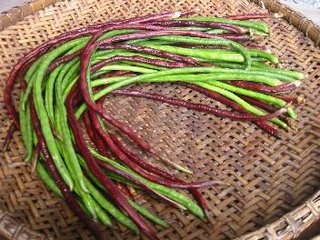
Pawnbroking activities in the Philippines are governed by Presidential Decree No. 114, otherwise knowm as the Pawnshop Regulation Act. Only Filipinos may own a pawnshop organized as a single proprietorship. For partnerships and corporations, foreign ownership should be limited to 30 percent.
So what's the procedure involved in starting a Pawnshop Business?
1. CALL Bangko Sentral ng Pilipinas (BSP) pawnshop hotline, (02)524-8713, to check if the pawnshop name you want is already taken.
2. Register your business either at the Department of Trade and Industry (DTI), for single proprietorship, or the Securities and Exchange Commission, for partnerships or corporations.
The DTI is at the Trade & Industry Building, Sen. Gil Puyat Ave., Makati. In the provinces, DTI offices are in or near municipal buildings. Application forms are also available at DTI's website, http://www.dti.gov.ph. Only Filipinos may own a pawnshop organized as a single proprietorship. For partnerships and corporations, foreign ownership should be limited to 30 percent.
3. Secure a business permit from the city or municipality where pawnshop will be located.
4. Register with the BSP. See http://www.bsp.gov.ph/regulations/forms.htm for the complete list of requirements. These include permits from the DTI or SEC and the local government, an information sheet, personal data sheets, bank certification of at least P100,000 capital and location sketch.
5. Pay the processing fee of P1,000.
6. It will take two to three weeks for the BSP to process your application. Make sure you open your business within six months after the application is approved or your permit will be revoked.
Source: Jamie Alarcon, Chona Galang, PDI Research, photo from www.openeyegallery.co.uk/

